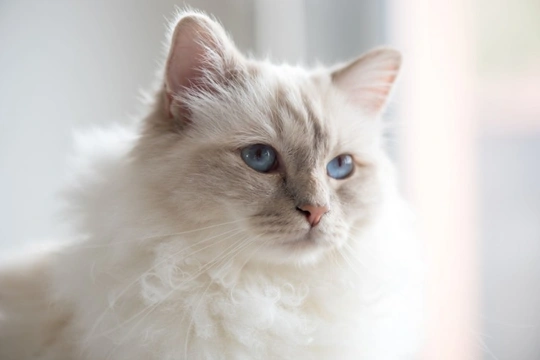
How to care for your young female cat if you’re having to delay her spay operation?
Every year, thousands of people in the UK get their first kitten or young cat, and unless you start your life as a cat owner with a very well-considered plan to breed from it for all of the right reasons, one of the essential things you’ll do for your cat in their first year of life is have it spayed or neutered.
However, due to the Covid19 social distancing restrictions in place at present (correct at time of writing, April 4th 2020) veterinary services for companion animals are currently seriously restricted to only procedures that meet the benchmark of being either essential, or an emergency. This means that as a form of preventative healthcare and responsible cat ownership, spay and neuter operations, though vital, do not count and cannot be performed at this time.
This means that many people who got a kitten or young cat in the last few months are now faced with the reality of dealing with their sexual maturity approaching, and being unable to get their pet spayed or neutered in a timely manner to prevent unwanted litters and unwanted behaviours.
If your kitten or young cat is female, this means you’ll need to be particularly vigilant about managing your cat and keeping her in, as cats are very fertile and come into heat frequently when sexually mature; as well as often becoming quite hard work in terms of their personalities when in heat in many cases too.
With this in mind, this article will tell you what to expect with your young female cat if you’re unexpectedly having to deal with heat cycles and her being able to conceive in the time between now and your being able to have her spayed. Read on to learn more.
When do female cats have their first heat cycle?
Female cats usually have their first heat cycle between the ages of six and ten months. However, they can come into heat for the first time at any point from the age of around four months up until about a year old, with some breeds tending to become sexually mature earlier than others, with the Siamese being a good example of an early starter.
If your cat hasn’t had a heat cycle before, you might not know what signs to look for – this article will help to outline how you’d know if your cat was in heat, and what to expect from her behaviours.
How often do cats come into heat?
Cats come into heat very frequently; unless they’re pregnant, this may happen as frequently as every three weeks, which is much more often than for dogs! Additionally, the presence of an intact tom cat in the neighbourhood can actually trigger the onset of a heat cycle in a female cat too, which makes managing an unspayed cat in general quite a challenge.
How can I prevent my unspayed cat from getting pregnant?
The only way to keep your unspayed cat from conceiving once they’ve reached sexual maturity and until you can have them spayed is to keep them contained, and keep unneutered male cats away!
If you’ve already started to let your cat go out, this is much harder to restrict later on; and so if you’re planning ahead in the expectation that you won’t be able to get your cat spayed as soon as you’d like, it is wise to keep them in and not give them access to the outside world until later on.
Additionally, male cats in the area that are capable of reproducing can scent a female cat in heat, and will come and congregate outside of your home and often be a real pain about it, making a lot of noise and fuss.
Your own cat might make a lot of noise and try to get out to meet a mate during this time too, and so being vigilant about closing doors, keeping an eye on where your cat is, and locking and barricading cat flaps – and keeping windows closed – is vital.
I got two kittens together, the other one is male – will they try to breed, and what can I do?
Sadly, yes, and this could leave you with quite a problem to handle. If you bought or adopted two kittens at the same time and the other one is male, when they’re both reaching sexual maturity they will begin to display sexual behaviours and if able to, to mate.
To clarify, this is true even if the cats are siblings or otherwise blood relatives.
This means you need to keep them completely separately, in different parts of the home and unable to reach each other, and bear in mind how often fertile female cats come into heat too.
Talk to your vet if you need advice or support with this – they are still able to advise and guide cat owners at this time, and may have ideas or suggestions to make things easier.



